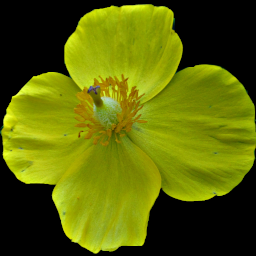 The tiny flowers of this cheerful plant make a fine display—not too ostentatious, but elegant and striking. This one was growing in a field in Schenley Park, where it was blooming in the middle of August.
The tiny flowers of this cheerful plant make a fine display—not too ostentatious, but elegant and striking. This one was growing in a field in Schenley Park, where it was blooming in the middle of August.
More pictures of this species are here, where you will also find quite a bit of lore taken from old books.
Gray describes the genus and the species:
VERBENA [Tourn.] L. VERVAIN. Calyx 5-toothed, one of the teeth often shorter than the others. Corolla tubular, often curved, salver-form; the border somewhat unequally 5-cleft. Stamens included, the upper pair occasionally without anthers. Style slender; stigma mostly 2-lobed. — Flowers sessile, in single or often panicled spikes, bracted, produced all summer. (The Latin name for any sacred herb; derivation obscure.) — The species present numerous spontaneous hybrids.
§ 1. Anthers not appendaged; flowers small, in slender spikes.
Spikes thicker or densely flowered; the fruits crowded, mostly overlapping one another; bracts inconspicuous, not exceeding the flowers; perennial.
V. hastàta L. (blue V.) Tall (0.5-2 m. high); leaves lanceolate or oblong-lanceolate, taper-pointed, cut-serrate, petioled, the lower often lobed and sometimes halberd-shaped at base; spikes linear, erect,corymbed or panicled; flowers violet-blue (rarely pink or white). —Damp grounds, etc.






